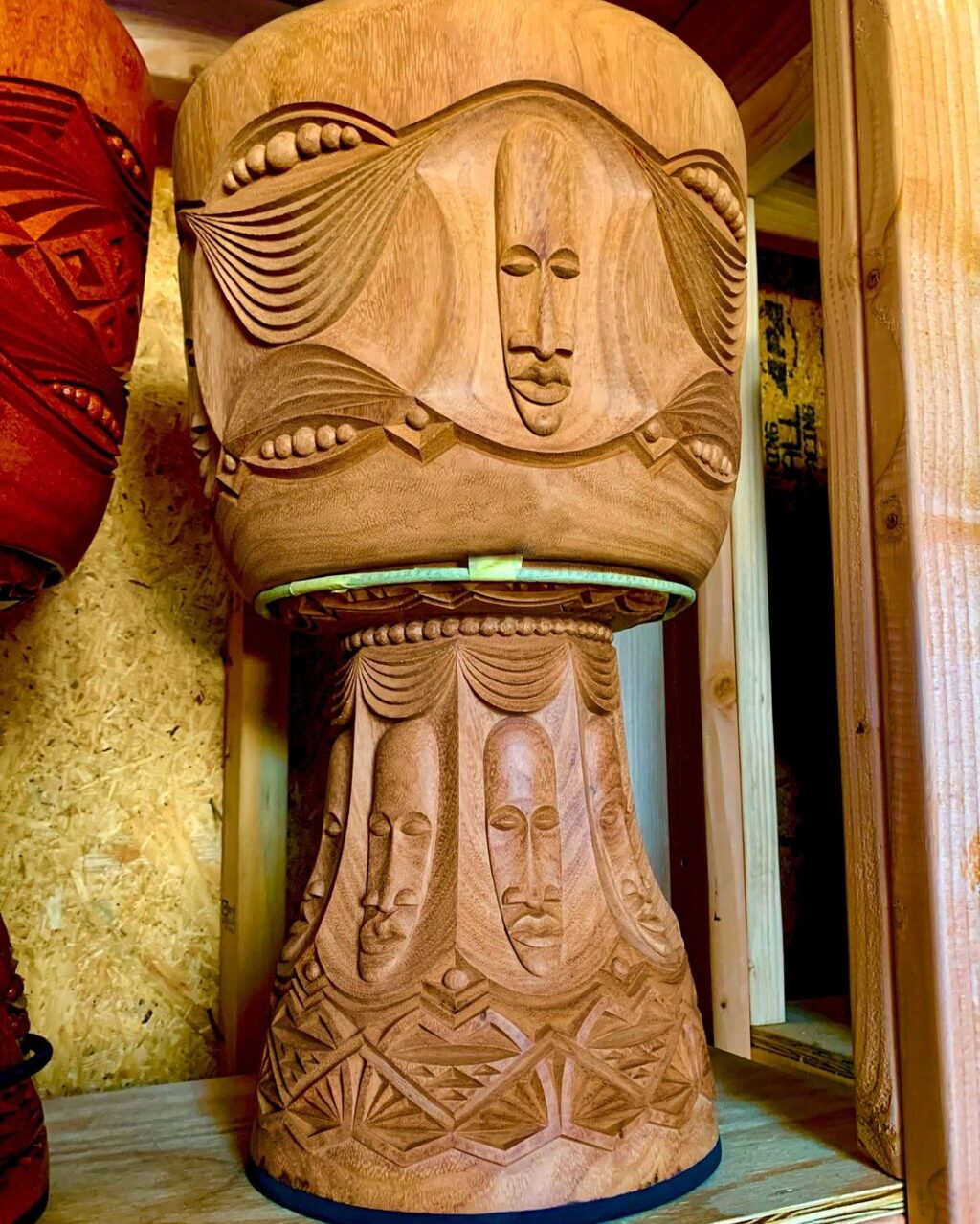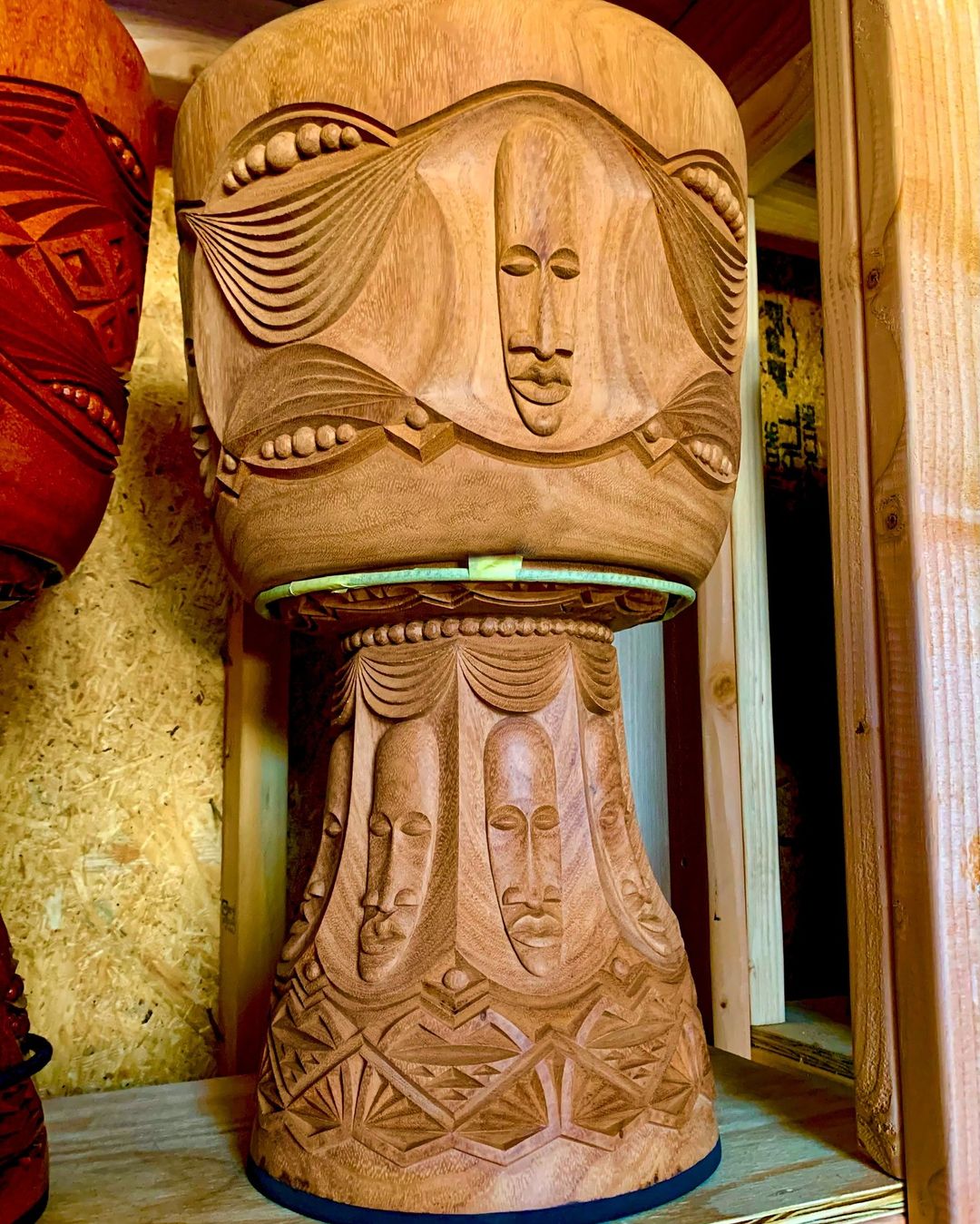Every day at the gym, I find myself on a machine, watching YouTube videos about drumming. It’s incredible to see how much West African and Afro-Cuban drumming styles have evolved over the last 50 years since I first started drumming.

The skill and advancements in these styles truly impress me, much like how athletes in track and field continue to break records and push the limits of speed. What used to feel simple has become something much more intricate, but I hesitate to call it complicated. After all, even the most complex rhythms start with basic elements and rudiments, and that’s what I want to explore today.
When I watch videos of West African and Afro-Cuban drummers, I realize that most of the time I’m observing polished performances, whether it’s for a camera or during a ceremony or celebration. I often challenge myself to learn something from what I see.
Admittedly, I’m drawn to the more refined or exciting, explosive performances, and sometimes I struggle to grasp what’s being played, especially if it’s particularly fast. But I enjoy the challenge of identifying recognizable elements or at least something I can comprehend.
After soaking in incredible performances filled with techniques I might never master, I like to turn my attention to older drummers—those from the Mali tradition like my teacher Aruna Sidibe and Brulye Doumbia, or Guinea legends like my teachers Bolokada Conde and M’Bemba in West African drumming, and maestros like Mamady Keita and Fadouba.
In Afro-Cuban music, I find myself captivated by the likes of Mongo Santamaria, Patato, Daniel Ponce, and Armando Perazza. Their approach is so rooted in feel. For Rumba, I also appreciate the creativity of older groups like Los Munequitos and Los Papinas. There are of course many others, too many to list.
Listening to these seasoned musicians reminds me of the beauty of simplicity. They know how to use space in the music. For instance, M’Bemba allows the music to breathe during his solos, employing phrasing and pauses that create a dynamic flow.
Mongo, on the other hand, plays purely from the heart, steering clear of overly technical rolls or super flashy maneuvers that can dominate today’s trends. Watching these masters, including my teachers in Mali like Aruna Sidibe (may he rest in peace), brings me back to basics, emphasizing rudiments and, most importantly, feel. The intangibles!
Feel is something that eludes description because it’s inherently experiential. Fast drumming styles definitely excite me, but I can’t quite say I experience them in the same way as an old-school conga solo from a master or a Bolokada Conde performance. While there’s undoubtedly a flair to their playing, it’s secondary to the groove itself.
I have performed in performances with Bolokada where he comes out and simply hits one note! And it’s incredibly effective. One note! He walks out on stage and BAM, he hits that magical slap of his, and wow.
I want to emphasize that traditional drumming of course has speed, but isn’t just about speed. I don’t want anyone to watch videos of djembe or conga players performing at breakneck speeds, or performing secret hand techniques, and feel discouraged, thinking, “I can never do that.”
This might cause them to retreat rather than engage with the craft. Traditional drumming encompasses complete musical systems within the djembe and conga drum worlds. By studying these systems, compositions, and pieces, you start to recognize the foundational rudiments that unite all drumming. It’s all about basics, not flash!
When put together thoughtfully, these basic parts offer a rich and satisfying musical experience. It’s not about how fast you can play or the number of drums you can tackle, but rather how these simple elements lock together to create a cohesive experience.
So, please don’t get discouraged if it feels overwhelming or you think you need to play super fast to be effective each and every piece. Just remember the beauty of the basics, and enjoy the journey!
My dear friend and incredible drummer, the late, great Yagbe Onilu (RIP), was a talented multi-instrumentalist in the realm of percussion. He traveled to different parts of West Africa almost 50 times more or less.
His mastery of various percussion styles was truly astonishing, and it’s hard to fathom how he excelled in each one. While we began our drumming journey together under the same teacher, he quickly surpassed me on the learning curve and continued to advance, which I wholeheartedly accepted.
Yagbe often reminded us, “Drumming is music,” urging everyone to play with musicality. It’s something anyone can strive for—playing with dynamics and expression is a skill that can be learned by all.
I want to encourage and remind you that every voice matters, and everyone has something meaningful to contribute regardless of playing level.
Making music on and with the drums isn’t just about who plays best; it’s about our collective experience. We’re all in this together, and it’s essential that we play as one. And in the words of master drummer Abdulye Diakate (R.I.P.), it’s all about “unity of the drum”.

